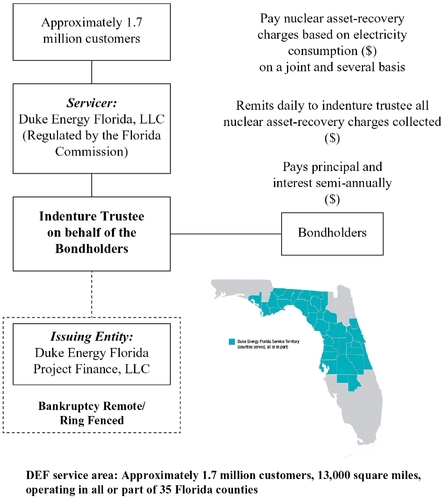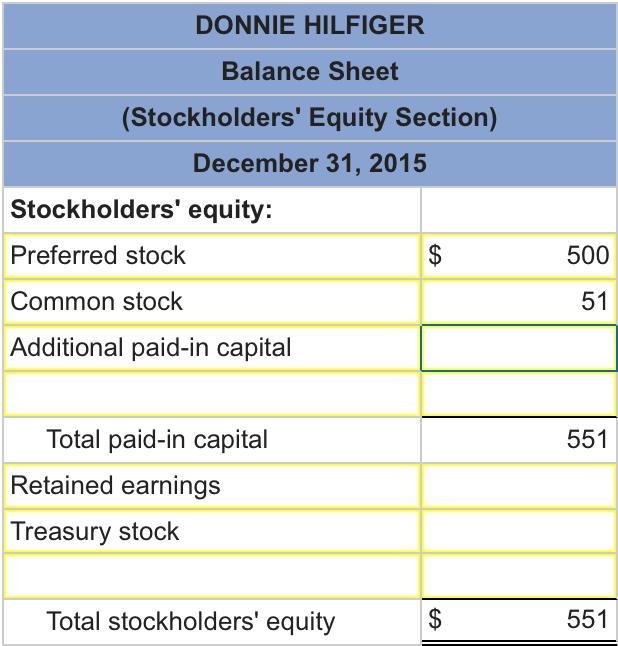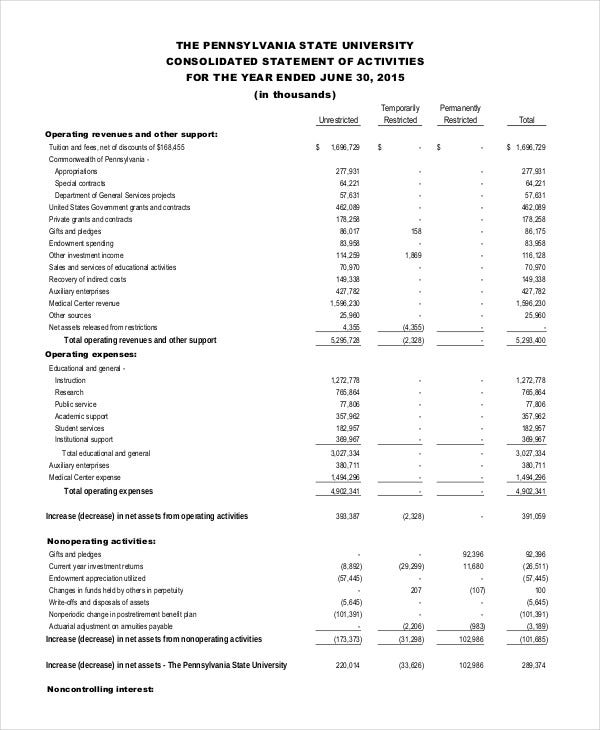Content

The retention ratio is the proportion of earnings kept back in a business as retained earnings rather than being paid out as dividends. A stock dividend is a payment to shareholders that is made in additional shares rather than in cash. It involves paying out a nominal amount of dividends and retaining a good portion of the earnings, which offers a win-win. Retained earnings are the amount of net income left over for the business after it has paid out dividends to its shareholders. You brought on some shareholders and now have 1,000 shares of outstanding stock. Being a new business, you don’t want to pay out any dividends or distributions.

Owners’ equity or shareholders’ equity is what’s left after you subtract all the liabilities from the assets. If, say, the business has $250,000 in assets and $125,000 in liabilities, the shareholders’ equity is $125,000. Knowing how to find retained earnings on the income statement is important, but easy. You can usually find retained earnings at the bottom of the income statement, after all expenses and taxes.
The Purpose of Retained Earnings
Since the cash is no longer part of its liquid assets this can reduce the overall asset value of the firm. In an effort to better track your overall financial performance, use Synario’scash flow analysis. This analysis will help you accurately forecast your future financials while also providing insights regarding your cash position. Retained earnings is usually a part of a company’s balance sheet or in a record of its own. The retained earnings formula is also known as the retained earnings equation and the retained earnings calculation. Whether you’re looking for investors for your business or want to apply for credit, you’ll find that producing four types of financial statements can help you. In a perfect world, you’d always have more money flowing into your business than flowing out.
Remember to do your due diligence and understand the risks involved when investing. Ensure your investment aligns with your company’s long-term goals and core values. Perhaps the most common use of retained earnings is financing expansion efforts. This can include everything from opening new locations to expanding existing ones.
Get started today with Causal
Retained Earnings Calculation debt is different than personal debt in how you attack it. When you’re paying off personal debt, you save up $1,000 for emergencies in Baby Step 1, then you go crazy paying off your debt in Baby Step 2. But when it comes to business debt, you need to pay yourself a living wage and build some retained earnings so you can stay afloat. Your business is what’s making you money—you have to keep that puppy open.

While they may seem similar, it is crucial to understand that retained earnings are not the same as cash flow. Retained earnings represent the profits a business generates over time, while cash flow measures the net amount of cash/cash equivalents coming and and out over a given period of time. Both retained earnings and reserves are essential measures of a company’s financial health. Retained earnings are the profits a company has earned and retained over time, while reserves are funds set aside for specific purposes, like contingencies or dividends.
How to calculate retained earnings (formula + examples)
We’ll show you how to calculate retained earnings with the formula below. At the same time, paying cash dividends decreases shareholders’ equity because it affects the company’s assets. And when assets go down for any reason, retained earnings dip, too. A cash dividend is the major factor that affects retained earnings calculation.
- Easily incorporate capital projects, economic scenarios, mergers and acquisitions, and more into your retained earnings projections with Synario’s intuitive financial modeling platform.
- The retained earnings formula is also known as the retained earnings equation and the retained earnings calculation.
- Revenue sits at the top of theincome statementand is often referred to as the top-line number when describing a company’s financial performance.
- This money often goes towards paying business expenses in the next cycle or towards reinvestment into the business.
- Retained earnings are like a running tally of how much profit your company has managed to hold onto since it was founded.
The other key disadvantage occurs when your https://personal-accounting.org/ are too high. Excessively high retained earnings can indicate your business isn’t spending efficiently or reinvesting enough in growth, which is why performing frequent bank reconciliations is important.
Net Sales or Revenue Vs. Net Income
Retained earnings show how the company has utilized its profit over a period of time which the company has reinvested in its business since its inception. Reinvestment may be in the form of purchase of assets or payment of any liability. However, it does not show the cash available after the payment of dividends. Retained earnings can be used to pay additional dividends, finance business growth, invest in a new product line, or even pay back a loan. Most companies with a healthy retained earnings balance will try to strike the right combination of making shareholders happy while also financing business growth. Calculate a retained earnings account as frequently as you create your company’s balance sheet.

Pro-Forma EarningsPro-Forma Earnings are the company’s income determined in deviation from compliance with the Generally Accepted Accounting Principle. It does not consider non-recurring expenses like loss due to fire, restructuring expenses to create a relatively positive picture of its financial statement.
So, go ahead and factor in how much retained earnings you want to save. You could set aside 10–15% in retained earnings, but don’t go above 20%. You want to have at least 80% left over to dump onto the debt and really attack it. Make sure you get in the habit of saving and always putting aside retained earnings as the business continues to grow. So, now that you know what retained earnings are, let’s talk about how to calculate them. When it all comes down to it, a not-so-crazy formula can help you out here.
- The final amount is the total retained earnings for that year mentioned as per the balance sheet.
- Calculate a retained earnings account as frequently as you create your company’s balance sheet.
- Retained earnings, on the other hand, are funds kept in the house for future reinvestment and other plans, and are shown after taxes, expenses and all other factors have been removed.
- Since the value is negative, Sheets will subtract it from the value of beginning retained earnings.
- Your cash balance rises and falls based on your cash inflows and outflows—the revenues you collect and the expenses you pay.
For better context, though, always look at retained earnings from the perspective of your business type. It is quite possible that a company will have negative retained earnings. Investors are especially wary of a negative retained earnings balance, since it can be an indicator of impending bankruptcy. In this guide, you will learn what retained earnings are and how they are related to other financial metrics, like profit or dividends.
